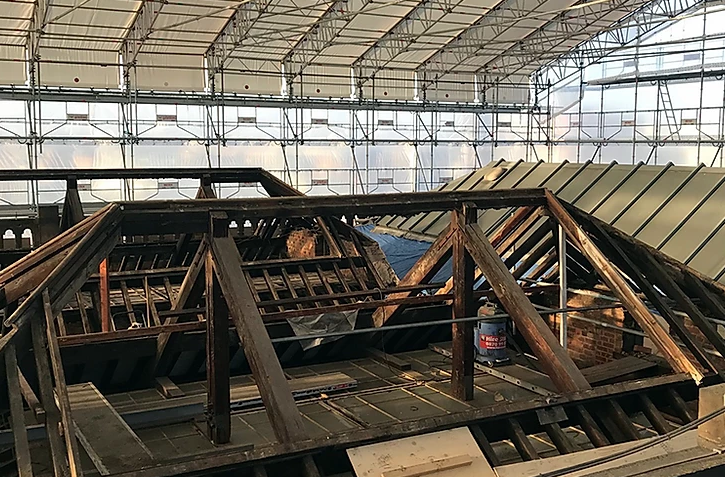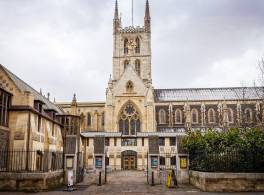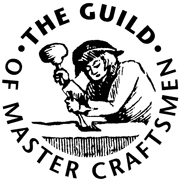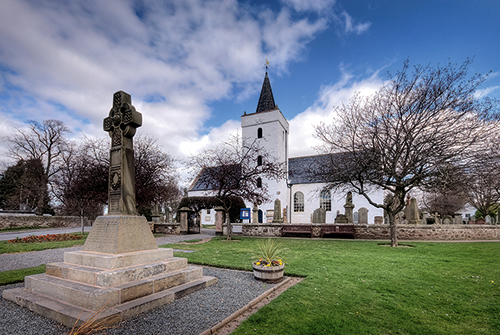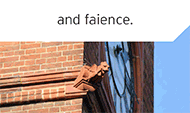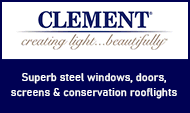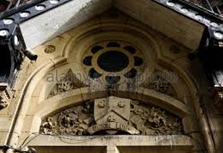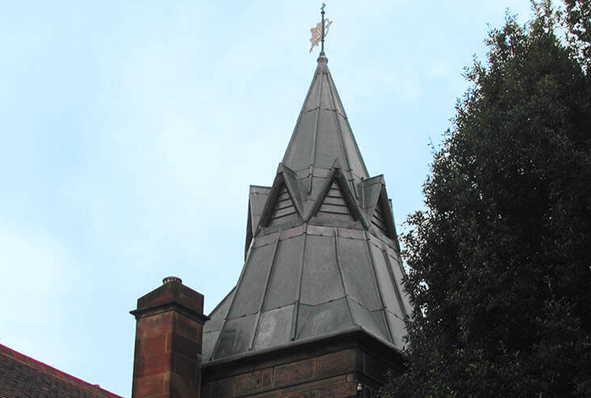Heritage Roofing
Heritage roofing - maintaining our iconic buildings
The UK is home to some of the most iconic buildings in the world, from stunning churches and cathedrals to historic stately homes. Each and every one of these remarkable feats of architecture requires regular maintenance to ensure they remain in the very best condition, allowing them to be enjoyed for generations.
Cathedral Care
Restoration and upkeep of cathedrals
There are some 42 Anglican cathedrals in the UK, not to mention 20 or so Catholic cathedrals. Cathedrals form the most important collection of historic buildings in England. The largest and most ancient are internationally famous, the smallest are usually among the most significant buildings in their region and even the most recent are architectural masterpieces.
Master Craftsmen
Championing our heritage with modern craftsmanship
Twenty years ago, English Heritage (now Historic England) published its first-ever Register of Buildings at Risk across England, which featured nearly 2,000 buildings and monuments that were ‘neglected, broken and unloved’. Recently Historic England was delighted to announce that over two-thirds of those buildings were now safe, in both urban and rural areas right across the country.
Traditional Lime
Lime: it’s better for buildings – and for the environment
It is now fairly well known that cement is not good for old buildings and that lime mortar should be used. But why? What are the advantages and what are the disadvantages? In order to begin to answer those questions it is necessary to understand the nature of traditional building, the process by which buildings used to be built, and how it differs from modern construction, the process by which we build today.
Audio Visual
Audio visual equipment in church buildings
This guidance is issued by the Church Buildings Council under section 55(1)(d) of the Dioceses, Mission and Pastoral Measure 2007. As it is statutory guidance, it must be considered with great care. The standards of good practice set out in the guidance should not be departed from unless the departure is justified by reasons that are spelled out clearly, logically and convincingly.
Read More...
CRE Events
Exhibitors enthuse over the CRE experience
By 4pm on the first day of CRE 24 at the Marshall Arena in Milton Keynes, exhibitors Chris and Kim Dunphy had already had so many helpful and detailed conversations with visitors that they were “completely talked out”.
Insurance
You need to ensure that reasonable precautions are in place at your church to keep it safe for those who use it. To do this, you need to think about what might cause harm to people.
You will then need to decide if the precautions already in place are adequate. If they are not, you may need to identify further action to prevent any danger. When done formally, this is known as a risk assessment.
Church Maintenance
Church maintenance and repair: Calendar of Care
Just as prevention is always better than cure, maintenance is preferable to major repairs. But, such repairs may not always be avoidable. Church Care offers a monthly guide in our coming issues Starting in Spring
We can help you understand the common problems and areas that need your special attention, and give you tips for regular maintenance schemes.
Pest Control
Michael Palin warns of pest threat to churches
Michael Palin is supporting the future of the UK’s historic churches and chapels with a voiceover for a new animated film. The 80 second animation, produced for the National Churches Trust, highlights why churches are some of the nation’s best loved buildings.
Town Halls
The history of the great Victorian Town Halls of Northern England
From industrial squalor to civic pride, the story behind some of the most impressive buildings of the North involve a unique mix of economics, grand designs and noble sentiments within communities.
Lead Roofing
Lead is one of the oldest materials in the roofing industry and is still commonly used throughout the world today.
Lead roofing is a traditional roofing method which has been used in the industry for hundreds of years, and is therefore proven to be extremely reliable. Lead roofing, and sand-cast lead, in particular is ideal for old buildings such as churches or historical renovations, whereas milled lead roofing is a mass-produced alternative, used for precision and accuracy in homes and commercial buildings alike.
Lightning Protection
When lightning strikes are you protected against this act of God?
The issue of lightning protection in churches is one that has exercised this publication for many years. In this four-part series of spotlights on the issue we will be revisiting various aspects of the subject, beginning with an overview of current thinking.
SEARCH OUR DIRECTORY
Chalk Works, Edinburgh: Sculpture and Sun Dials by Tim Chalk
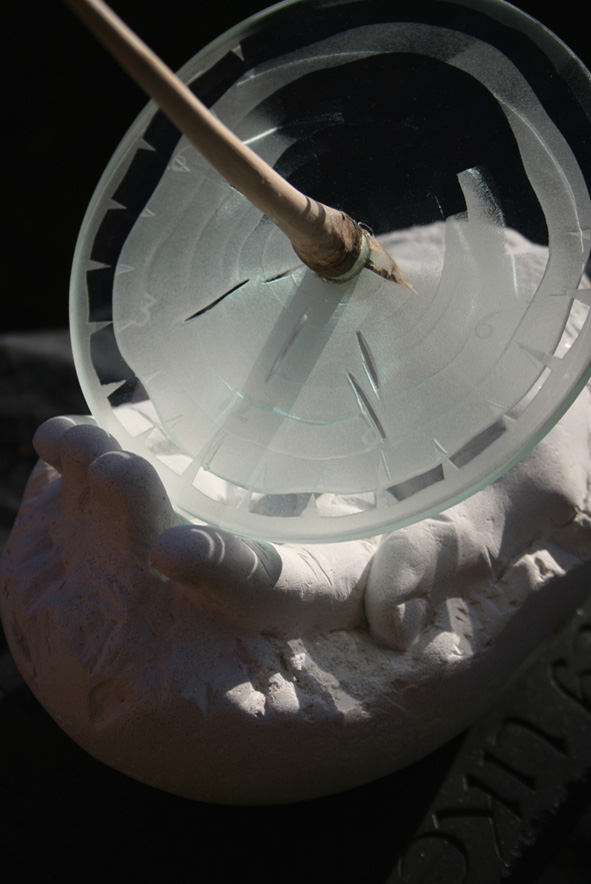 Trading under the name of CHALK WORKS, Tim Chalk works from his studio in Edinburgh’s “village in the City”, the historic Duddingston Village, situated under Arthur’s Seat, with one foot in Holyrood Park, next to Duddingston Loch.
Trading under the name of CHALK WORKS, Tim Chalk works from his studio in Edinburgh’s “village in the City”, the historic Duddingston Village, situated under Arthur’s Seat, with one foot in Holyrood Park, next to Duddingston Loch.
Tim has been producing artworks for public and private situations for over 25 years and has a wealth of experience of projects of all scales and situations. He has had work placed in various significant public buildings throughout the country, including the National Library of Scotland, the National Museum of Scotland and James Street Station in Liverpool.
Regardless of context, the works are all characterised by one unifiying feature; they are all site specific and designed to relate closely to their environments and the poeple who live with them. Stemming from Tim Chalk’s beginnings in community art, this concern for the physical and social context of his work is at the core of his practice.
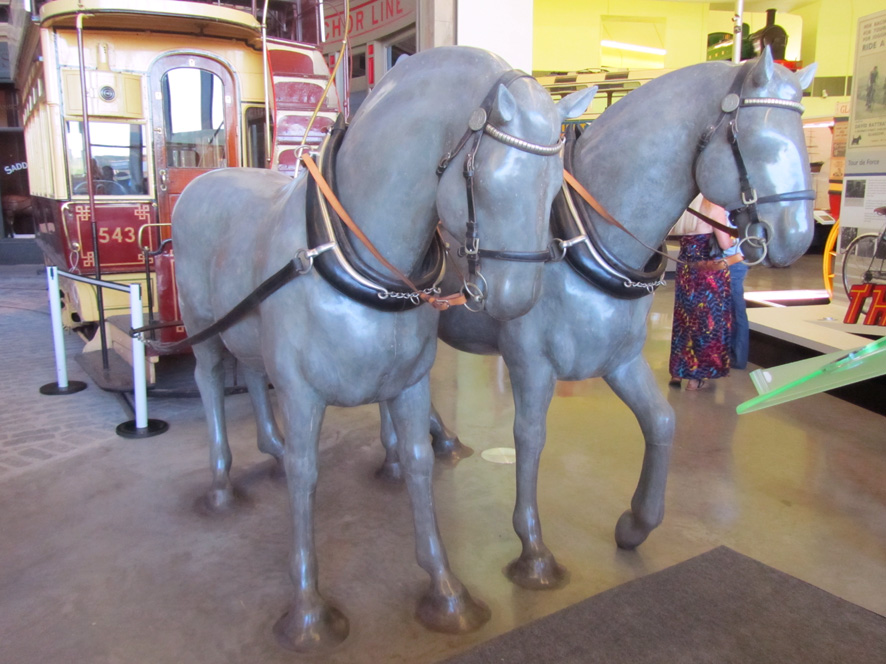 The newly completed Riverside Museum of Transport in Glasgow features two lifesize cast concrete horses designed to complement the architecture of Zaha Hadid, and a series of cast concrete relief panels depicting local flora and fauna, built into the surrounding landscaping. The technical challenge of the concrete casting was the requirement to match the horses in both colour and finish to the polished concrete floor of the museum interior. The polished finish has a strong aesthetic appeal from the outset, and as the horses fast become a favourite feature of the museum and with the heavy handling this entails, the surface patina of the concrete will only improve with time.
The newly completed Riverside Museum of Transport in Glasgow features two lifesize cast concrete horses designed to complement the architecture of Zaha Hadid, and a series of cast concrete relief panels depicting local flora and fauna, built into the surrounding landscaping. The technical challenge of the concrete casting was the requirement to match the horses in both colour and finish to the polished concrete floor of the museum interior. The polished finish has a strong aesthetic appeal from the outset, and as the horses fast become a favourite feature of the museum and with the heavy handling this entails, the surface patina of the concrete will only improve with time.
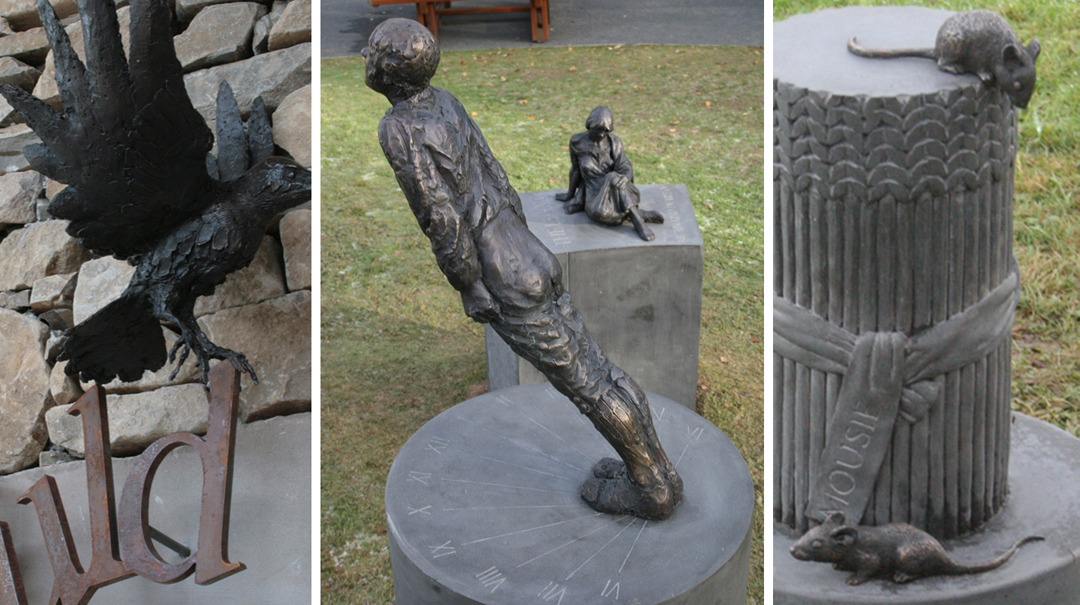 Recently he was commissioned by the National Trust for Scotland to make a series of four linked exterior and interior sculptural features for the Robert Burns Birthplace Museum. The works incorporate an intriguing element of puzzle for visitos to unravel. As Burns drew inspiration for his poetry from the land, Scots words are ploughed from the earth. On the approach to the Museum a bronze crow picks through steel words as they emerge from sculpted furrows, while another crow seizes a word and flies off towards the next work; another crow and more steel and stone carved words mounted on the wall by the main entrance. On a path that takes the visitor into the building and through the main concourse, a series of words hanging in the air continue the trail, which culminates in a sundial based sculpture in the Museum Garden.
Recently he was commissioned by the National Trust for Scotland to make a series of four linked exterior and interior sculptural features for the Robert Burns Birthplace Museum. The works incorporate an intriguing element of puzzle for visitos to unravel. As Burns drew inspiration for his poetry from the land, Scots words are ploughed from the earth. On the approach to the Museum a bronze crow picks through steel words as they emerge from sculpted furrows, while another crow seizes a word and flies off towards the next work; another crow and more steel and stone carved words mounted on the wall by the main entrance. On a path that takes the visitor into the building and through the main concourse, a series of words hanging in the air continue the trail, which culminates in a sundial based sculpture in the Museum Garden.
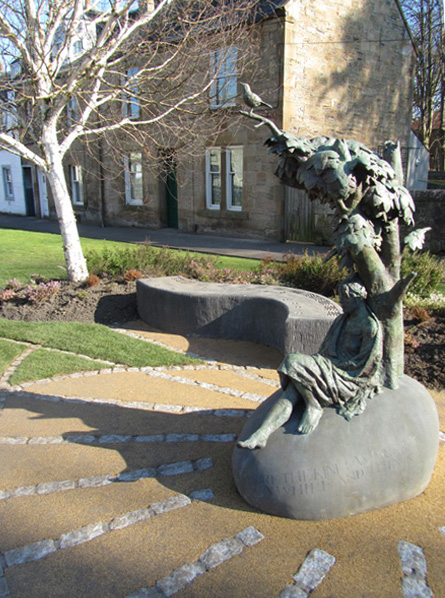 Earlier this year Tim Chalk completed a public sculpture commissioned by West Lothian Council for Linlithgow’s West Port. At the centre of this work is a two metre tall bronze sculpture of a girl resting beneath a tree. The figure represents a locally celebrated cattle drover known as Katie Wearie. This striking work serves as a sculpture, a landscaped seating area and a giant sundial. The shadow of the bird perching in the branches of the tree courses round the hour marks set in the ground in granite, reminding us of how the passage of time has created the history of the town. Combined with a sculptural bench with a narrative inscription, this work provides a visual focus for its location as well as an expression of local identity in the telling of a well loved local story. The base for the sculpture carries an inscribed tex taken from a song specially written for the project by a local musician.
Earlier this year Tim Chalk completed a public sculpture commissioned by West Lothian Council for Linlithgow’s West Port. At the centre of this work is a two metre tall bronze sculpture of a girl resting beneath a tree. The figure represents a locally celebrated cattle drover known as Katie Wearie. This striking work serves as a sculpture, a landscaped seating area and a giant sundial. The shadow of the bird perching in the branches of the tree courses round the hour marks set in the ground in granite, reminding us of how the passage of time has created the history of the town. Combined with a sculptural bench with a narrative inscription, this work provides a visual focus for its location as well as an expression of local identity in the telling of a well loved local story. The base for the sculpture carries an inscribed tex taken from a song specially written for the project by a local musician.
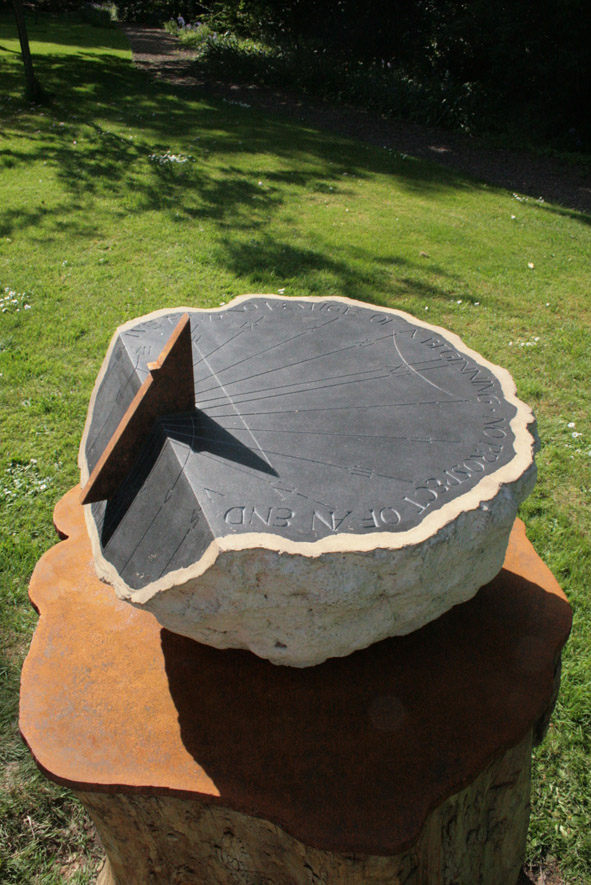 Tim Chalk’s long standing interest is Sundials and Sun sculptures has recently been fed by several commissions which have allowed him to develop this theme. Sun Sculptures and Sundials strike a special chord with people. A sculpture that interacts with the natural environment in a calculated way becomes part of something much greater than itself, and the combination of sculpture and function gives sundials an added significance appropriate to many situations. The scope for personalising both the subject matter and the marking of significant dates also adds to their appeal. An example of this is the piece titled “Sunkissed”; two figures positioned so that their shadows meet and kiss at an appointed day and hour every year. Tim Chalk’s experimentation with the visual possibilities of the sundial has resulted in the development of an equitorial sundial design incorporating etched glass, which allows for easy reading in northern latitudes. Tim Chalk’s sundials have been commissioned by Museums, schools and private individuals, as educational tools, commemorative features or just plain visual enhancement.
Tim Chalk’s long standing interest is Sundials and Sun sculptures has recently been fed by several commissions which have allowed him to develop this theme. Sun Sculptures and Sundials strike a special chord with people. A sculpture that interacts with the natural environment in a calculated way becomes part of something much greater than itself, and the combination of sculpture and function gives sundials an added significance appropriate to many situations. The scope for personalising both the subject matter and the marking of significant dates also adds to their appeal. An example of this is the piece titled “Sunkissed”; two figures positioned so that their shadows meet and kiss at an appointed day and hour every year. Tim Chalk’s experimentation with the visual possibilities of the sundial has resulted in the development of an equitorial sundial design incorporating etched glass, which allows for easy reading in northern latitudes. Tim Chalk’s sundials have been commissioned by Museums, schools and private individuals, as educational tools, commemorative features or just plain visual enhancement.
A range of work by Chalk Works can be seen at www.chalkworks.com













